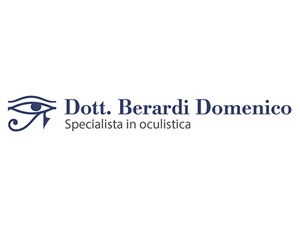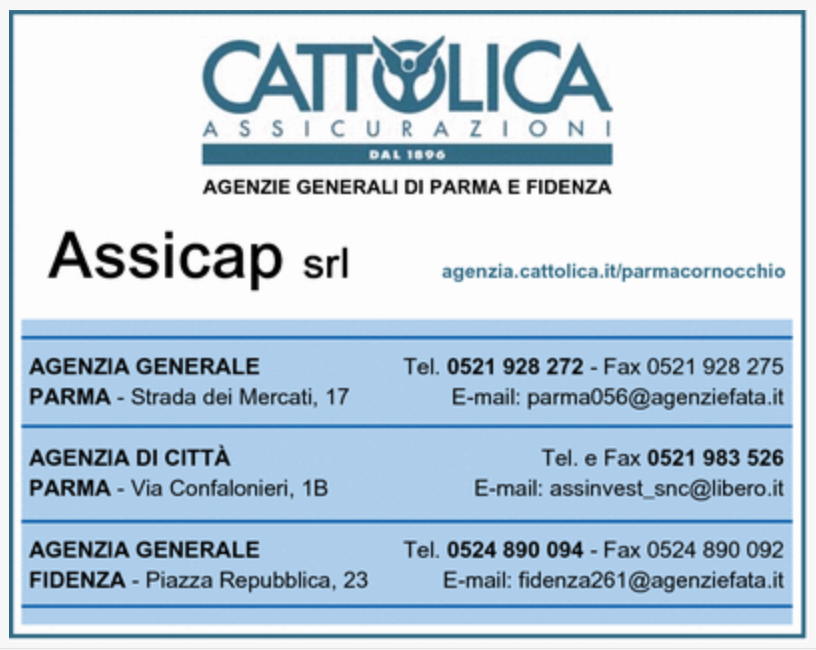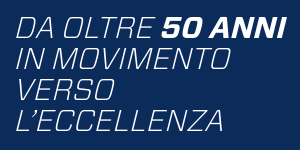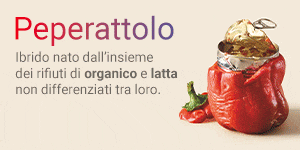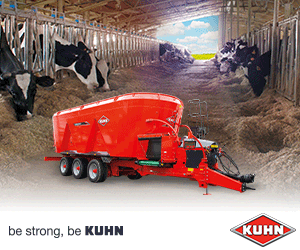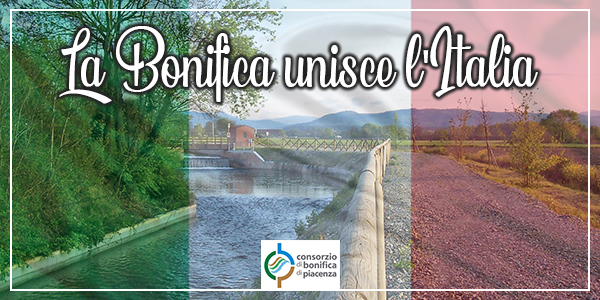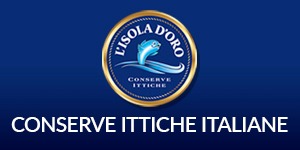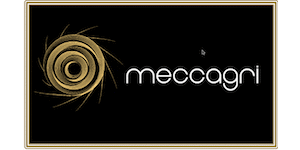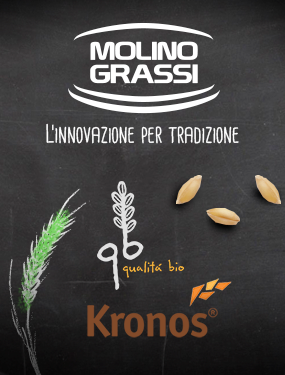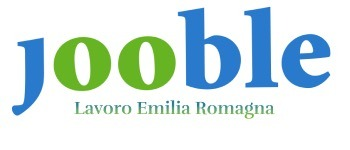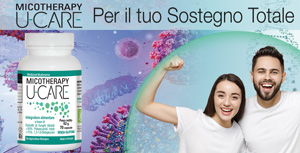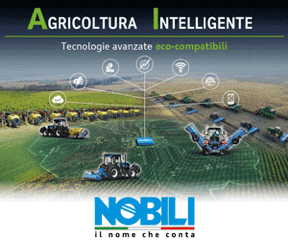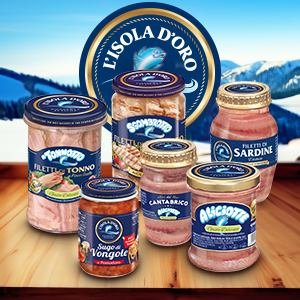Il gruppo di lavoro del prof. Andrea Formigoni del Dipartimento di Medicina Veterinaria - UNIBO, Sniffen del Fencrest LLC, Cotanch del William H. Miner Agricultural Research Institute e Maria Teresa Pacchioli di CRPA sono tra gli autori dell'articolo "Effect of undigested neutral detergent fiber content of alfalfa hay on lactating dairy cows: Feeding behavior, fiber digestibility, and lactation performance" sull'effetto di differenti livelli di uNDF nel fieno di medica sulle performance delle bovine da latte ed in stampa sull'importante rivista Journal of Dairy Science
L'NDF indigerita (uNDF) è stato testato come marcatore della digeribilità della fibra in differenti progetti e ha dato risultati molto promettenti per la valutazione del valore nutrizionale dei fieni e dei foraggi.
CRPA quindi ha inserito l'uNDF tra i parametri disponibili del suo servizio di analisi NIRS (foraggi e feci).
Un abstract dell'articolo è disponibile a questo link
ABSTRACT
The objective of this study was to investigate the effects of 2 alfalfa hays differing in undigested neutral detergent fiber content and digestibility used as the main forage source in diets fed to high producing cows for Parmigiano-Reggiano cheese production. Diets were designed to have 2 different amounts of undigestible NDF [high (Hu) and low (Lu)], as determined by 240-h in vitro analysis (uNDF240). Alfalfa hay in vitro digestibility [% of amylase- and sodium sulfite-treated NDF with ash correction (aNDFom)] at 24 and 240 h was 40.2 and 31.2% and 53.6 and 45.7% for low- (LD) and high-digestibility (HD) hays, respectively. The 4 experimental diets (Hu-HD, Lu-HD, Hu-LD, and Lu-LD) contained 46.8, 36.8, 38.8, and 30.1% of alfalfa hay, respectively, 8.6% wheat straw, and 35.3% corn (50% flake and 50% meal; DM basis). Soy hulls and soybean meal were used to replace hay to balance protein and energy among diets. Eight multiparous Holstein cows (average milk production = 46.0 ± 5.2 kg/d, 101 ± 38 d in milk, and 662 ± 42 kg of average body weight) were assigned to a 4 × 4 Latin square design, with 2 wk of adaptation and a 1-wk collection period. Dry matter and water intake, rumination time, ruminal pH, and milk production and composition were measured. Diets and feces were analyzed for NDF on an organic matter basis (aNDFom), acid detergent fiber, acid detergent lignin, and uNDF240 to estimate total-tract fiber digestibility. Dry matter intake and rumination times were higher in HD diets compared with LD diets, regardless of forage amount. Rumination time was constant per unit of dry matter intake but differed when expressed as a function of uNDF240, aNDFom, or physically effective NDF intake. No differences were found among treatments on average ruminal pH, but the amount of time with pH <5.8 was lower in Hu-HD diets. Milk production and components were not different among diets. Total-tract aNDFom and potentially digestible neutral detergent fiber fraction digestibility was higher for the LD diets (88.3 versus 85.8% aNDFom in HD), for which lower feed intakes were also observed. The Hu-HD diet allowed greater dry matter intake, longer rumination time, and higher ruminal pH, suggesting that the limiting factor for dry matter intake is neutral detergent fiber digestibility and its relative rumen retention time.
(Fonte CRPA Reggio Emilia 5/4/2017)
(Foto di copertina: professori Sniffen e Formigoni - Foto di repertorio - Parma LGC)
